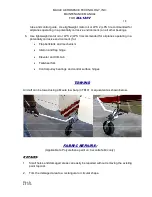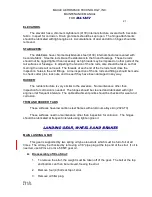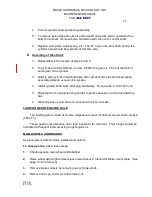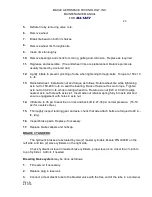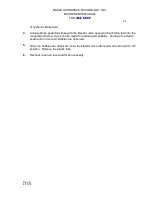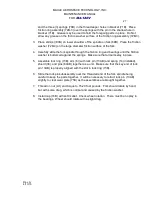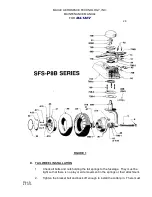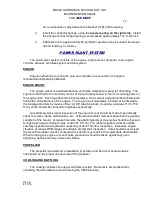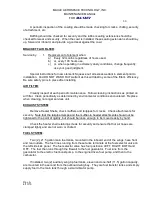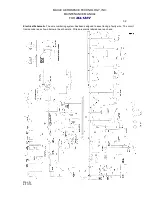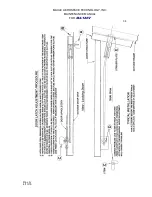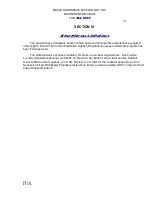
MAULE AEROSPACE TECHNOLOGY, INC.
MAINTENANCE MANUAL
FOR
M-4-180V
30
Rev. A
4/13/16
A periodic inspection of the cowling should be made checking for cracks, chafing, security
of attachment, etc.
Baffling should be checked for security and the rubber sealing extensions should be
checked for wear and security. When the cowl is installed, these sealing extensions should lay
up, forward or inboard, and provide a good seal against the cowl.
BRACKETT AIR FILTER:
Service by:
1.
Replacement of element when:
a) Every 12 months regardless of hours used,
b) or, every 100 hours use,
c)
or, when operating in extremely dusty conditions, change frequently;
use your good judgment.
Special instructions for new element: Squeeze out all excess wettant in element prior to
installation. And DO NOT WASH OUT wettant as this will destroy some of the filter’s efficiency.
Be sure safety pin is in place after installing.
AIR FILTER:
Visually inspect at each periodic maintenance. Follow cleaning instructions as printed on
air filter. Clean periodically as determined by environmental conditions encountered. Replace
when cleaning no longer services unit.
EXHAUST SYSTEM:
Remove Heater Shells, check mufflers and tailpipes for cracks. Check attachments for
security. Note that the tailpipe clamps and the muffler-to header attachments should not be
tightened to the point of rigidity, but should be loose enough to be moved easily by hand.
Check the heater shell retaining screws for security and ensure that hot air hoses are
clamped tightly and are not worn or chafed.
FUEL SYSTEM:
Two (2), 21.5 gallon main fuel tanks, mounted in the inboard end of the wings, have front
and rear outlets. The fuel lines running from these tanks terminate at the fuel selector valve on
the left side kick panel. The fuel selector valve has four positions: LEFT, RIGHT, BOTH and
OFF. The fuel then runs through the firewall to the fuel gascolator. Fuel runs from the
gascolator to the electric fuel boost pump, to the engine driven fuel pump, and then to the
carburetor.
If installed, two (2) auxiliary wing tip fuel tanks, eleven and one-half (11.5) gallon capacity,
are mounted in the second from the outboard wing bay. They are fuel transfer tanks and simply
supply fuel to the main tank through a small vibrator pump.



